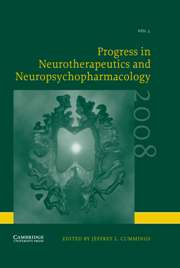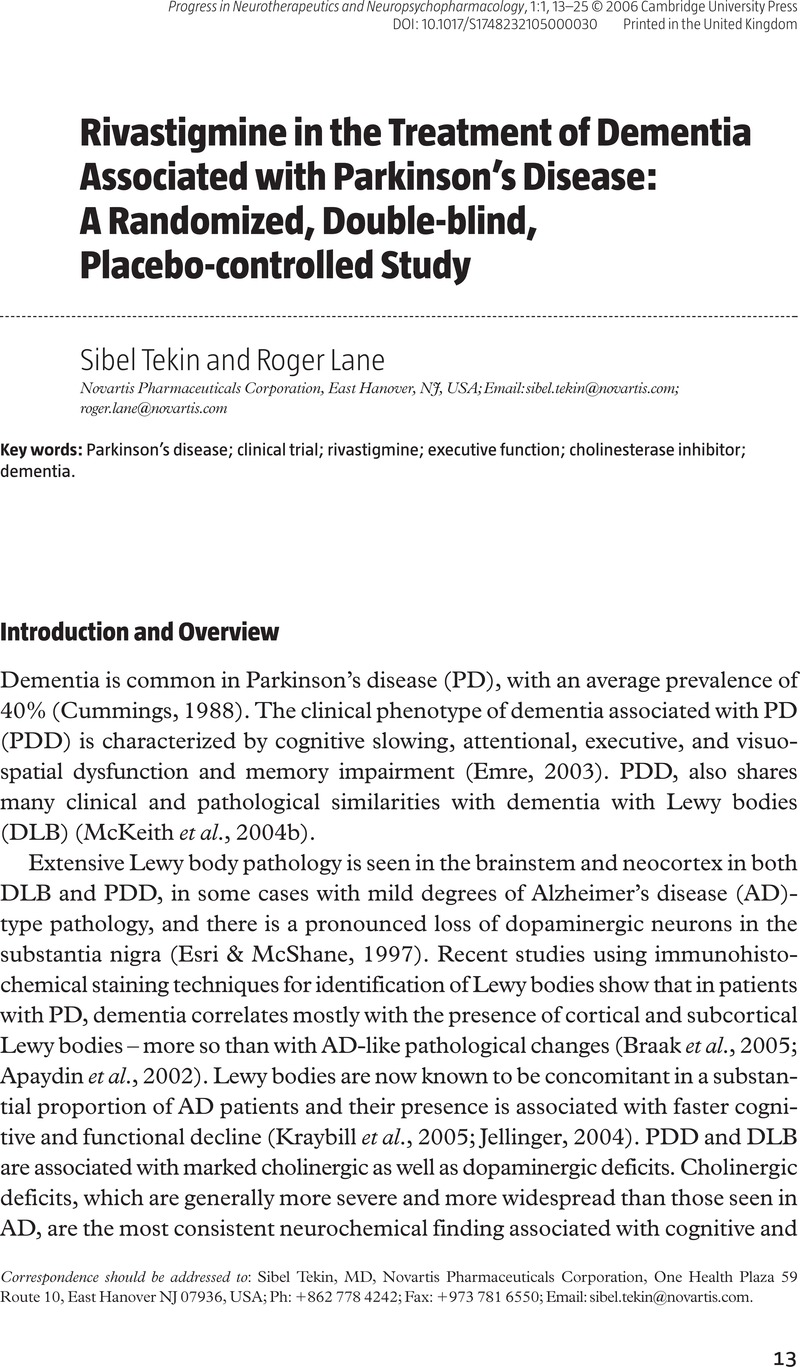Crossref Citations
This article has been cited by the following publications. This list is generated based on data provided by Crossref.
El-ASSAL, MONA IBRAHIM
and
SAMUEL, DALIA
2022.
OPTIMIZATION OF RIVASTIGMINE CHITOSAN NANOPARTICLES FOR NEURODEGENERATIVE ALZHEIMER; IN VITRO AND EX VIVO CHARACTERIZATIONS.
International Journal of Pharmacy and Pharmaceutical Sciences,
p.
17.



